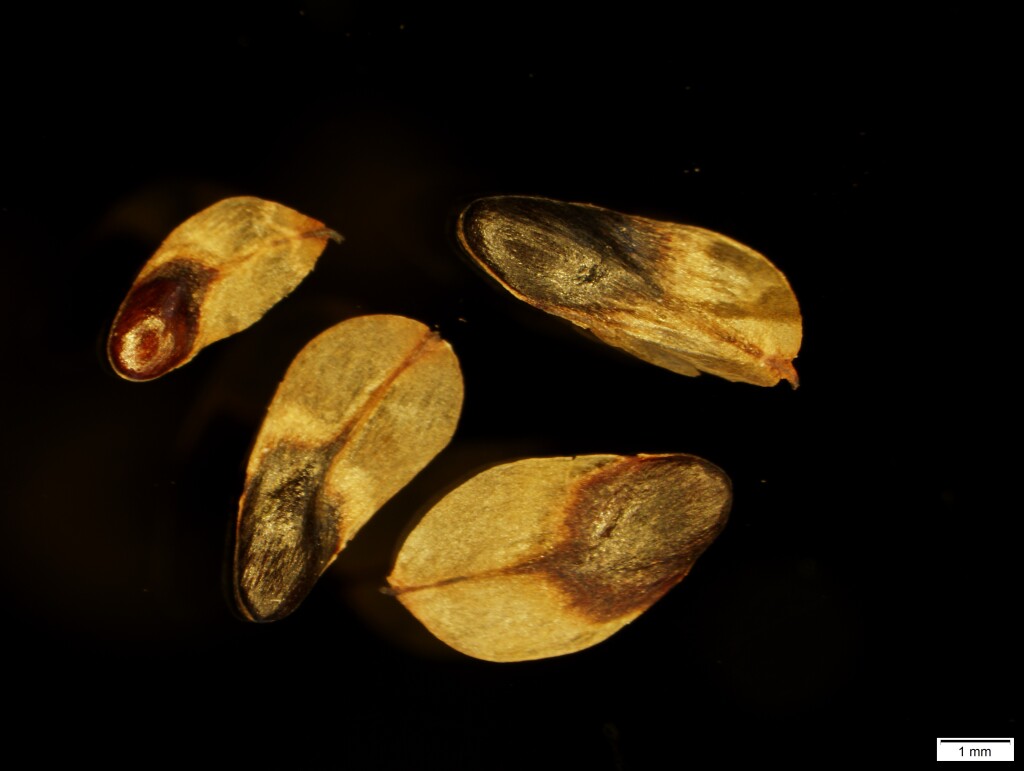Allocasuarina misera
L.A.S.JohnsonDioecious or monoecious shrub 0.5–2 m high; penultimate branchlets woody. Bark smooth. Branchlets ascending, to 10 cm long; internodes 4–10 mm long, 0.3–0.8 mm diam., smooth, usually glabrous in furrows; ribs rounded or nearly flat. Teeth 5–7, erect and appressed to occasionally spreading, 0.3–0.8 mm long, slightly overlapping, occasionally withered. Male spikes rarely moniliform, 5–15(–22) mm long, 9–11 whorls per cm; anther 0.5–0.8 mm long; bracteoles persistent. Cones cylindric, sessile or on peduncle to 5 mm long; cone body small, 9–16(–30) mm long, 7–13(–20) mm diam.; valves in several rows, hardly extending beyond cone body, obtuse to acute, pyramidal protuberance usually slightly shorter than bracteole body. Winged seeds 4–6 mm long, very dark red-brown to black. Flowers most of year.
LoM, Wim, GleP, VVP, GipP, OtP, Gold, CVU, GGr, DunT, EGL, Strz. Scattered in isolated populations across the State, but possibly more widespread than current distribution records indicate. Grows in heath or open woodland in sandy soil, often near-coastal.
In branchlet thickness, internode length, teeth length, male spike length and cone size, Allocasuarina misera is generally smaller than A. paradoxa or A. mackliniana (populations of A. misera from eastern Victoria, however, have coarse branchlets). In addition, at least some teeth are usually erect and appressed.
Allocasuarina distyla (Vent.) L.A.S. Johnson has been reported once from near the Victoria-New South Wales border, from the upper Genoa River in 1860. This locality is much further south than any other record for this species and has not been subsequently confirmed. Allocasuarina distyla is a shrub to 3 m high with mainly smooth bark and with branchlets having angular to rounded-convex ribs which are occasionally sparsely and minutely pubescent and 6–8 erect teeth which are slightly overlapping at least when young. As such it would key out to A. misera.
Entwisle, T.J. (1996). Casuarinaceae. In: Walsh, N.G.; Entwisle, T.J., Flora of Victoria Vol. 3, Dicotyledons Winteraceae to Myrtaceae, pp. 90–101. Inkata Press, Melbourne.
 Spinning
Spinning
